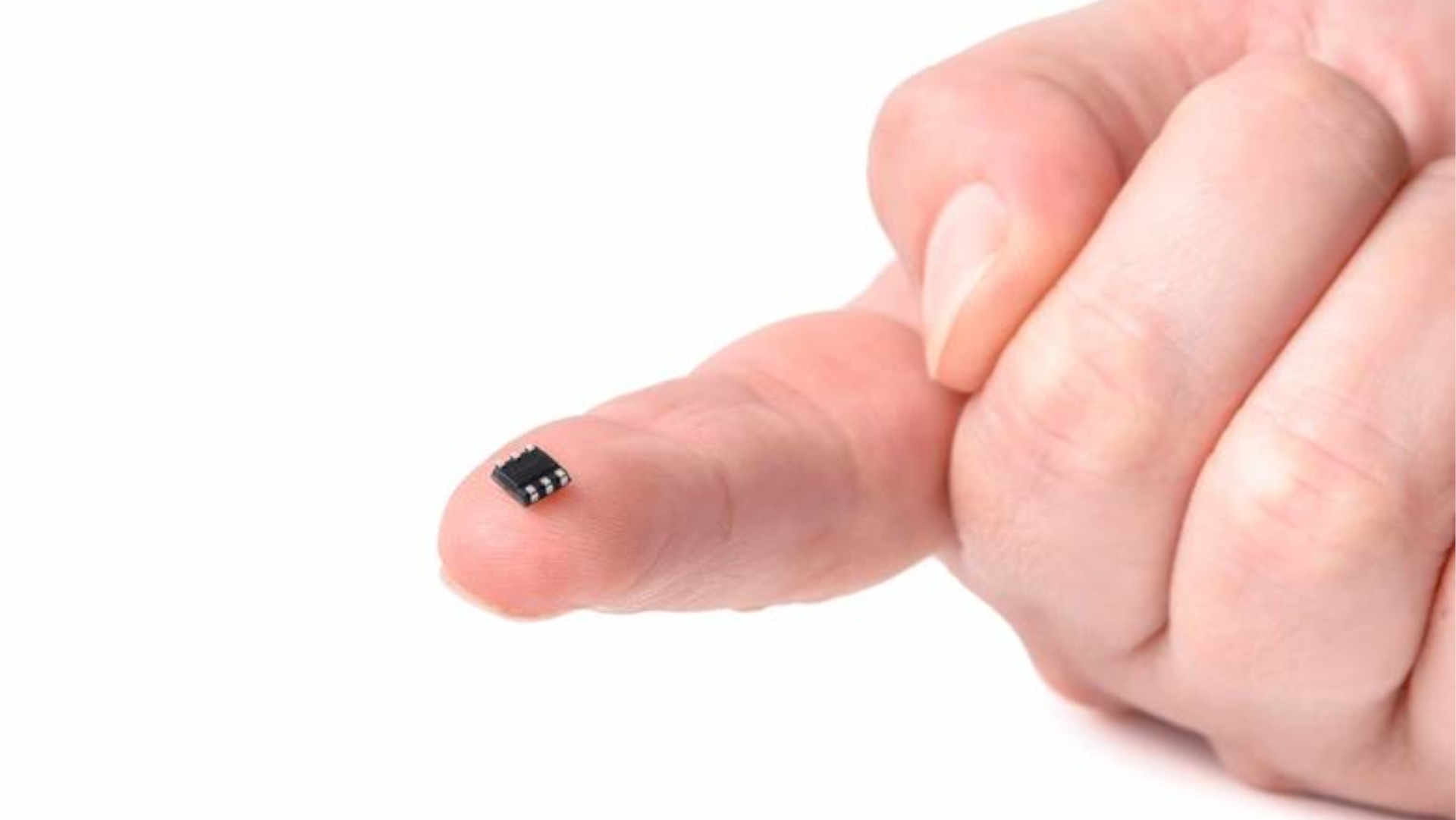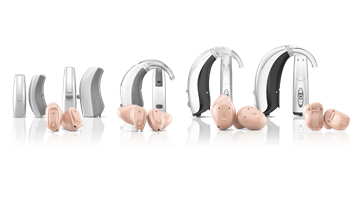
How the chip transformed the industry
We tend to take the technology for granted, but modern digital hearing aids as we know them today wouldn’t exist without the humble microchip.
Created Updated
Technology articles
Chances are you are using something with a chip in it right now. The microchip, or the integrated circuit, is the nervous system that controls just about every electronic device in the world. It is central to computers, mobile phones, satellites, home electronics, aircraft, microwave ovens, washing machines, iPods, cars, the internet and of course, hearing aids.
Before the invention of the chip, electronic devices such as computers and radios used vacuum tubes, or valves, which were cumbersome, heavy and generated a large amount of heat while consuming a lot of power. For example, in the forties, typical computers used over 10,000 vacuum tubes and occupied around 100 square metres of space!
With the introduction of the transistor in 1947, it was suddenly possible to make more complex and faster electronic circuits, resulting in smaller, more efficient devices. However, initially transistors were made as individual components and connected to other electronic components to make a circuit, and eventually this caused problems as there were simply too many components. In order to make circuits even faster, the transistors had to be packed closer and closer together.
The microchip owes its existence to the diligent efforts of two electrical engineers, Jack Kilby and Robert Noyce. As chance would have it, both were working on solving the same problem at roughly the same time in the late fifties, that is – how to make more out of less. Their solution to the physical limitations of transistors was to pack not just the transistors but all the other electrical components such as resistors, capacitors and diodes, onto a single piece of semiconductor material, or chip, all made from the same material (such as silicon). This meant that everything could be interconnected to form a complete circuit.
Size of a fingernail
As Research and Development engineer Thomas Troelsen explains, today’s chips consist of millions of interconnected transistors all packed into a few square millimetres. “When we talk about a chip, it is really a slice of silicon, a very common chemical element, the size of a fingernail,” he says. “Fingernails vary in size as do chips. On this slice of silicon is built a network of transistors, and sometimes other electronic components, that form an integrated circuit.”
For the hearing aid industry, the chip has been nothing short of revolutionary. Not only has it meant a significant reduction in the size of hearing aids but, according to Dr. Bob Morely, Associate Professor of Electrical and Systems Engineering at Washington University in St. Louis, USA, the chip has also radically improved sound processing and allowed for the incorporation of a vast array of features. “As transistors got smaller and we could put more on a chip with the same battery drain we were able to add sophisticated active feedback suppression and noise reduction algorithms.”
More out of less
Without doubt, chips have radically altered the industry. “It is fair to say that both the chips in general and digital chips specifically revolutionized the hearing aid industry,” says Thomas Troelsen. “Without analogue chips, development would have stopped at the 1985 level, without digital chips it would have stopped at the 1995 level. The limit to what we can put into a hearing aid is being continually raised by the technological development in the semiconductor industry, that is, the chip manufacturers.”
And this incredible technology has ultimately led to enormous benefits for hearing aid users – not just in terms of technology, but also design. “The chip has allowed for more functionality with less power and in less space. This has also impacted the design of hearing aids. Because chips take less space and less power, the housing can be smaller and the battery can be smaller. This calls for more attractive designs,” says Thomas Troelsen.
Bob Morley agrees that digital technology has resulted in the development of hearing aids that not only have superior sound quality and better speech intelligibility but are more comfortable to wear. It is also important to remember that the technology has had a significant impact on audiology as a whole. For professionals, chip technology has “required more training to fit sophisticated devices,” he says. But “the audiologist has many more features to put to use to help hearing aid users now.” And these users can enjoy such benefits as “accuracy and stability of fit, comfort due to the limiting of maximum power output and feedback squeal, as well as noise reduction and directional microphones for better intelligibility.”
One thing is certain; without the humble microchip, the world - and not least the hearing aid – would be vastly different.
UNIQUE PUSHES THE LIMITS
With the WIDEX UNIQUE™ hearing aid we have refined the entire process of digital sound processing to push the barriers of performance.
Improved A/D convertors for incredibly wide input, a sound classifier for intelligent listening and the Wind Noise Attenuation system that dramatically reduces wind noise by 8.4 dB – UNIQUE is like no other hearing aid.
